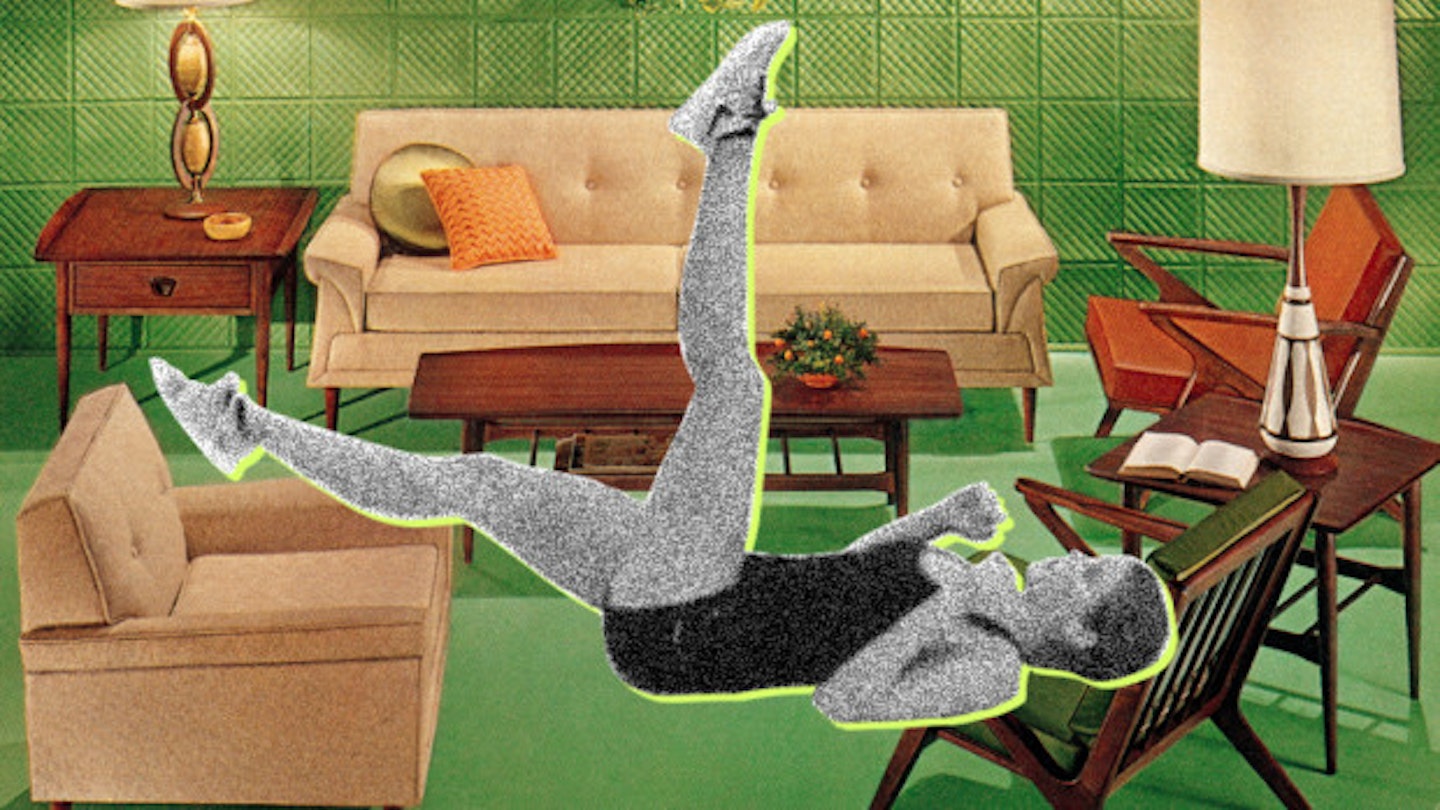What if I told you that you can get fit by doing 10 minutes of exercise a day? You'd probably call me a liar (rude) but I kid you not. Unless you're training for something in particular or you want to do that, you don't need to commit hours of your day to an exercise regime.
This style of training is called Tabata which involves short and intense bursts of exercise that you repeat for a certain amount of time, usually between 4 -12 minutes, depending on how many sets you decide to do. We asked Ollie, personal trainer and co-founder of 3D burn (follow them on Instagram for more fitness tips) to tell us all about it.
So, how does Tabata actually work?
‘The science is that because you’re working at such a high rate for a short period of time, you build up a big oxygen debt in the body. This means that once you finish exercising, you continue to burn calories for a longer period of time as your body tries to recover and balance out the oxygen debt you’ve created.’
Um, this sounds a bit too good to be true. What are the benefits?
‘Well it’s efficient and effective for someone who has a busy lifestyle because it doesn’t take long. It’s also proven to be effective at burning body fat and it improves your cardio respiration massively,’ Ollie explains. ‘People used to think that because it was such a short period of time it wouldn’t help you cardiovascularly but it does help your cardiac output and Vo2 max.’ In other words, it gets you fitter too.
I like the sound of this. How often do I need to do it?
‘It depends on what you’re trying to achieve but if it’s the only exercise you’re doing, you need to be doing it at least three times a week,’ Ollie tells us. ‘It’s difficult to say, but generally speaking most people would start to notice a difference in their cardiovascular fitness within two weeks if you’re doing three a week.’
And what kind exercises should I be doing?
‘Generally Tabata is based around large movement exercises so the whole body is being worked through each of the exercises because this makes it intense. Compound moves – which means multiple muscle groups are involved, for example, burpees – give maximum calorie burn. There’s no point in just doing a bicep curl.
‘As a beginner you’re better off doing a routine that focuses on the whole body so your fitness development is balanced.’
How do I know I’m working hard enough?
‘It’s vital that you’re working between 80-90% of your body's capability. You’ve really got to be going for it. If after a round of tabata you feel like you can carry on, you’ve not worked hard enough. That’s why the amount of time is so short: you shouldn’t be able to do each exercise for more than 20 second bursts.’
Should I change what I’m doing very often?
‘Essentially you could do the same exercises forever but your body will usually plateau after six weeks if you don’t change it because it gets used to it. Aim to change it around every two weeks.'
I’m in. What’s my routine?
First, download the Interval Timer app which you can set to your particular intervals and alerts you when each one is up. Then you need to pick the actual exercises. 'Choose four compound exercises, depending on the areas you want to focus on,' Ollie explains. Some examples of these are:
-
Squat jumps (if you have bad knees, do these weighted instead so you don’t injure yourself.)
-
Jumping lunges (again, if you have bad knees use weights instead)
-
Jumping jacks
-
Burpees
-
Pull up
-
Press up
-
High knee running on the spot
-
Russian twist
-
Bicycle crunch
'Pair up the exercises and do each pair, five times through. For example, this is how it will go:'
-
Squat jump for 20 secs
-
10 second rest
-
Press up for 20 seconds
-
10 second rest
-
Repeat four more times
'You’d then do the same for your other pair of exercises. This will take you exactly 10 minutes.'
Like this? You might also be interested in:
Follow Chemmie on Twitter @chemsquier
This article originally appeared on The Debrief.
